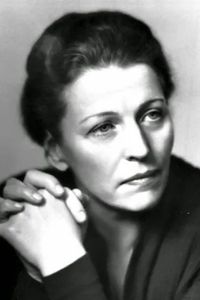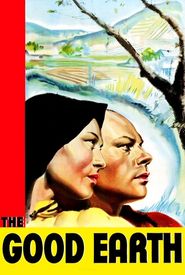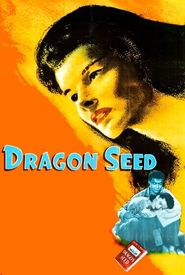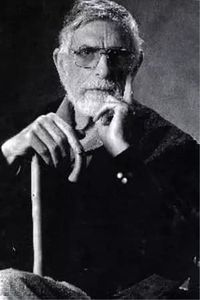Pearl Buck's early life was marked by a unique blend of Eastern and Western influences, as she was the daughter of Christian missionaries and spent her formative years reared and educated in China. This cultural duality would later shape her writing and worldview, as she drew heavily from her experiences in the Far East.
After receiving her university education in America, Buck returned to China in the mid-1910s, where she became a university instructor and writer. Her time in China would prove to be a catalyst for her literary career, as she began to write novels that explored the complexities and nuances of Chinese culture.
Buck's writing often focused on the lives and experiences of ordinary Chinese people, and her works were praised for their nuanced portrayals of Chinese society. Her novels, including the critically acclaimed "The Good Earth" (1937) and "Dragon Seed" (1944),were not only bestsellers but also went on to be adapted into successful Hollywood films.
In addition to her work under her own name, Buck also wrote novels using the pen-name "John Sedges". This pseudonym allowed her to explore different themes and styles, and her works under this name were often more experimental and avant-garde.
Buck's literary achievements were recognized with numerous awards and accolades, including the Nobel Prize for Literature in 1938. This prestigious honor was a testament to her skill as a writer and her ability to craft works that were both critically acclaimed and widely popular.
Throughout her career, Buck was known for her dedication to her craft and her commitment to exploring the complexities of human experience. Her writing continues to be celebrated for its insight, empathy, and literary merit, and she remains one of the most important and influential American writers of the 20th century.




















